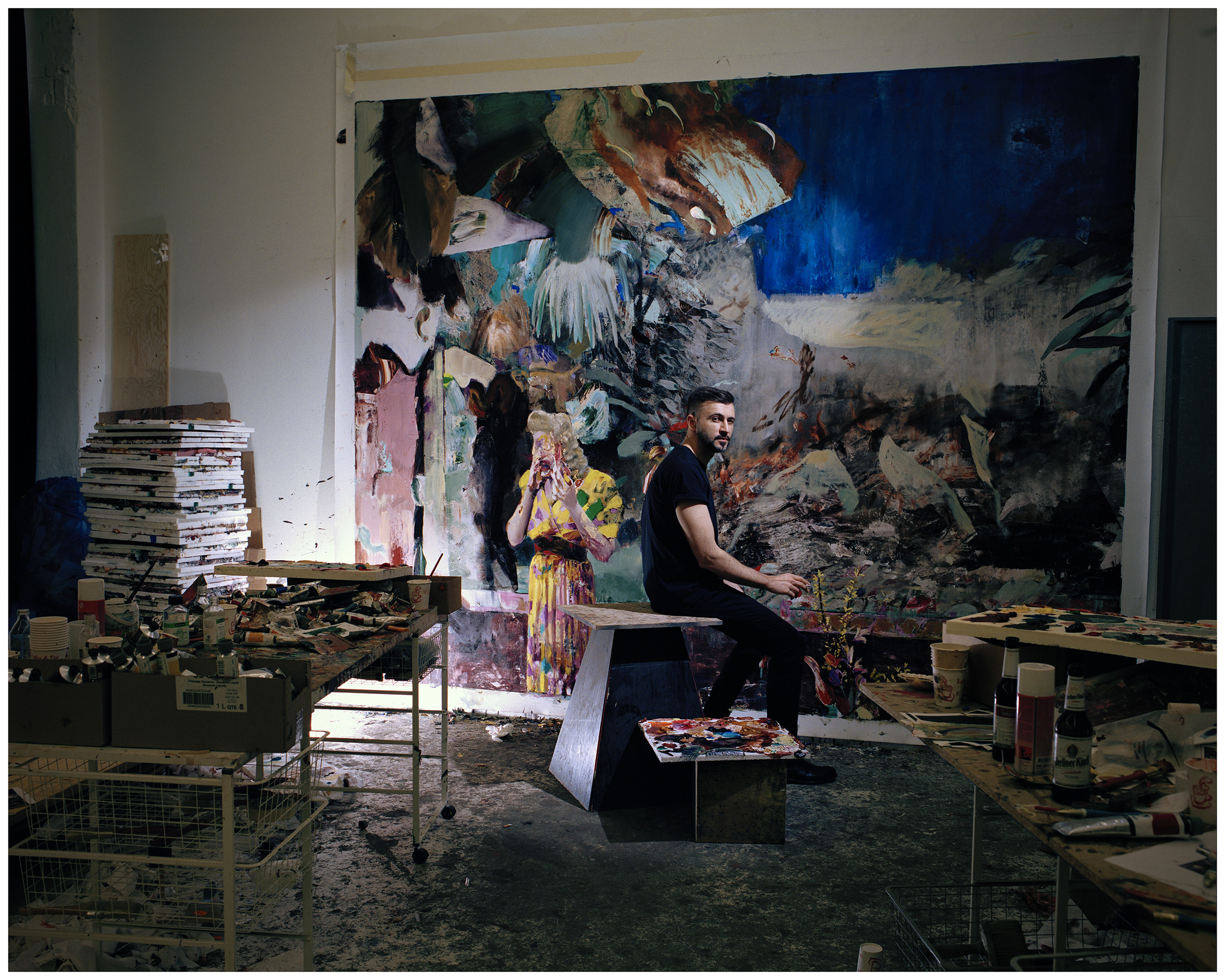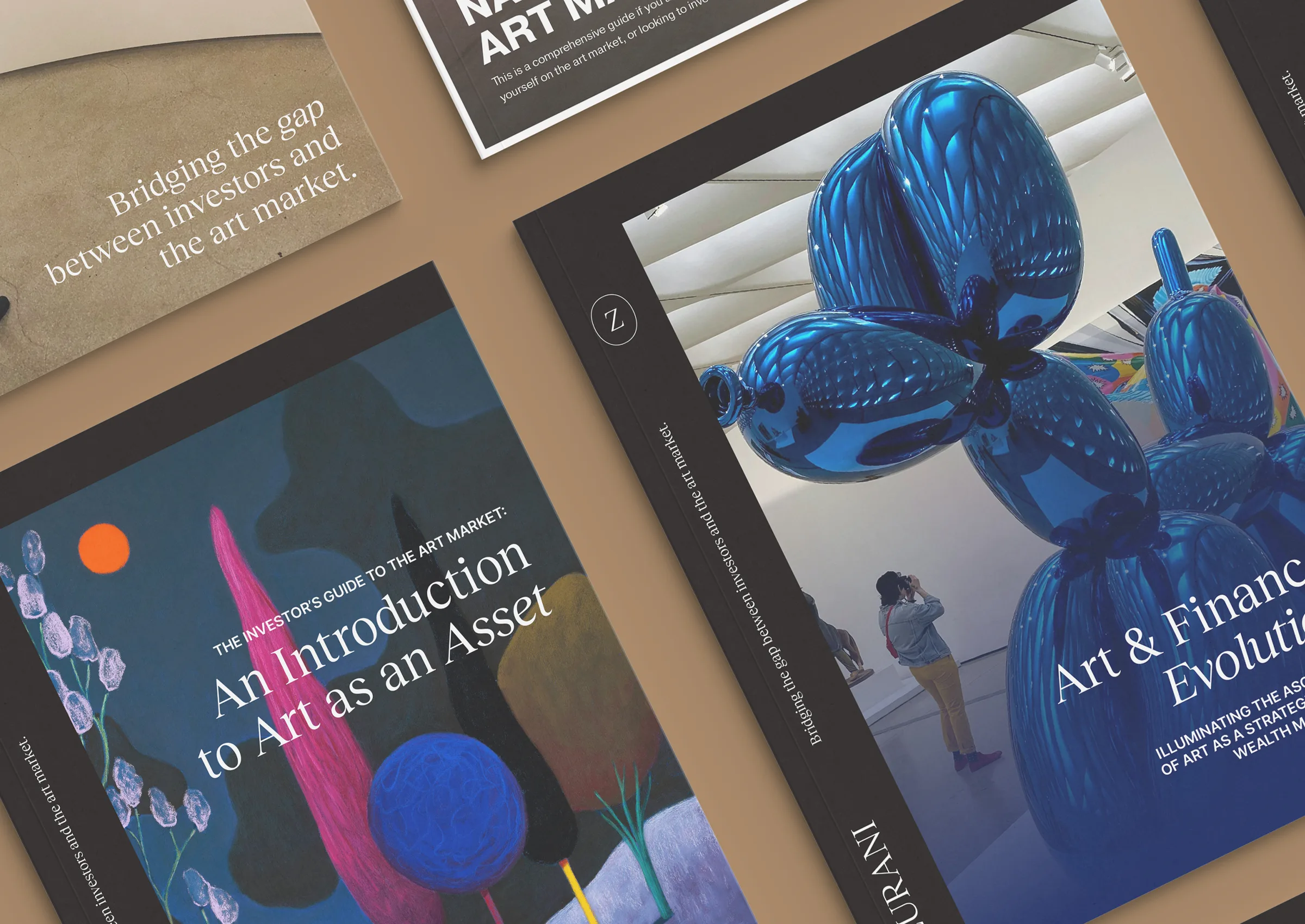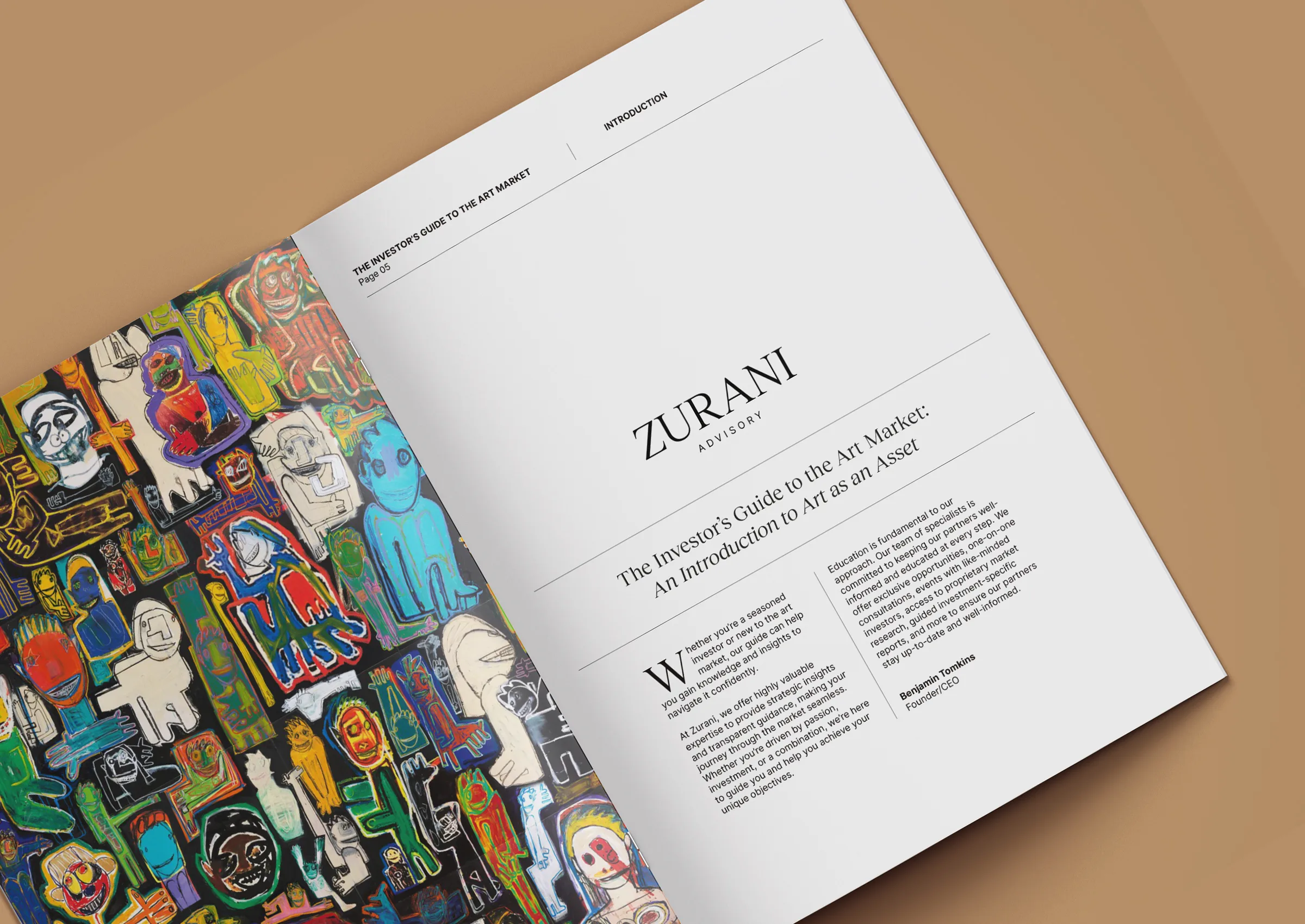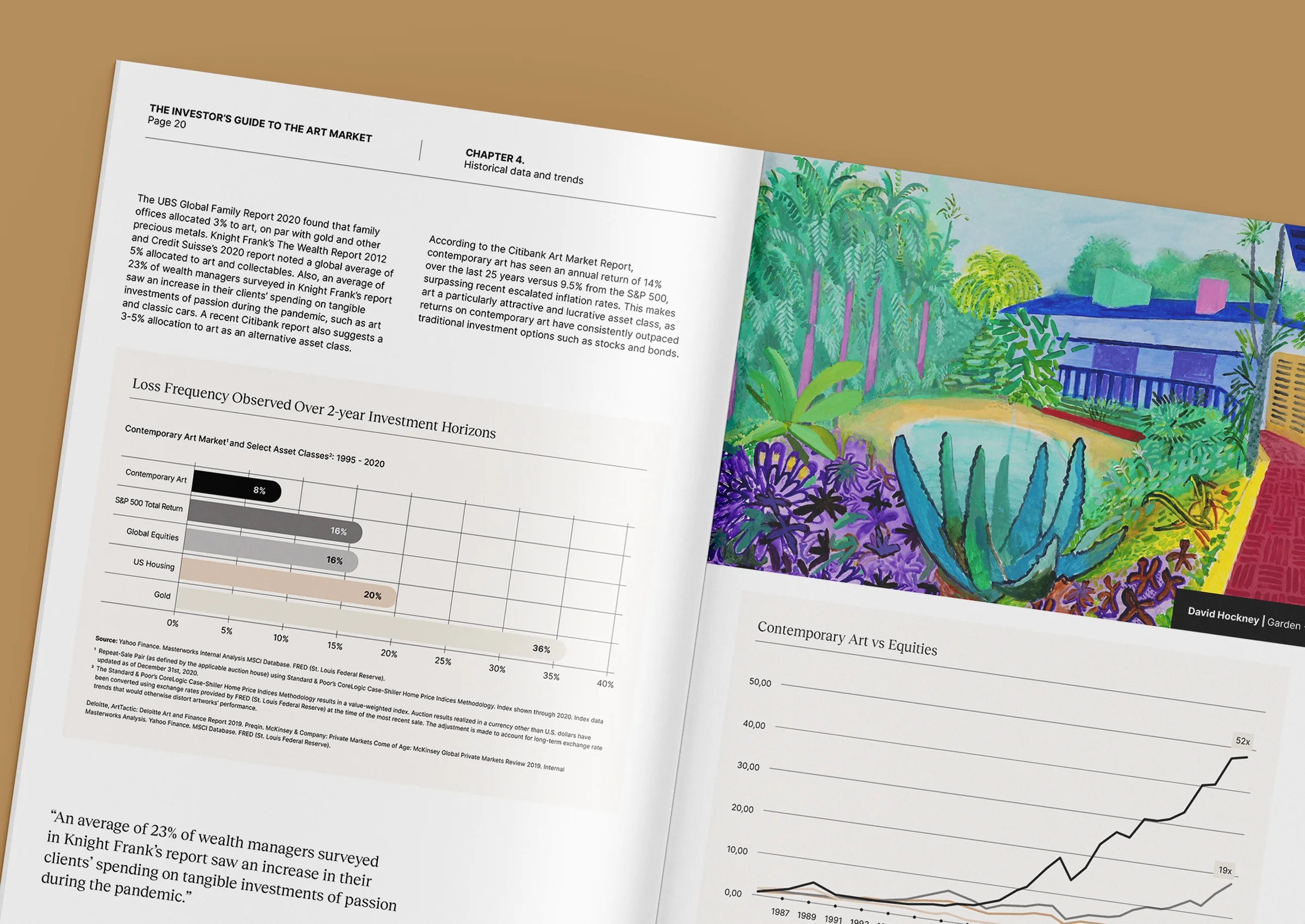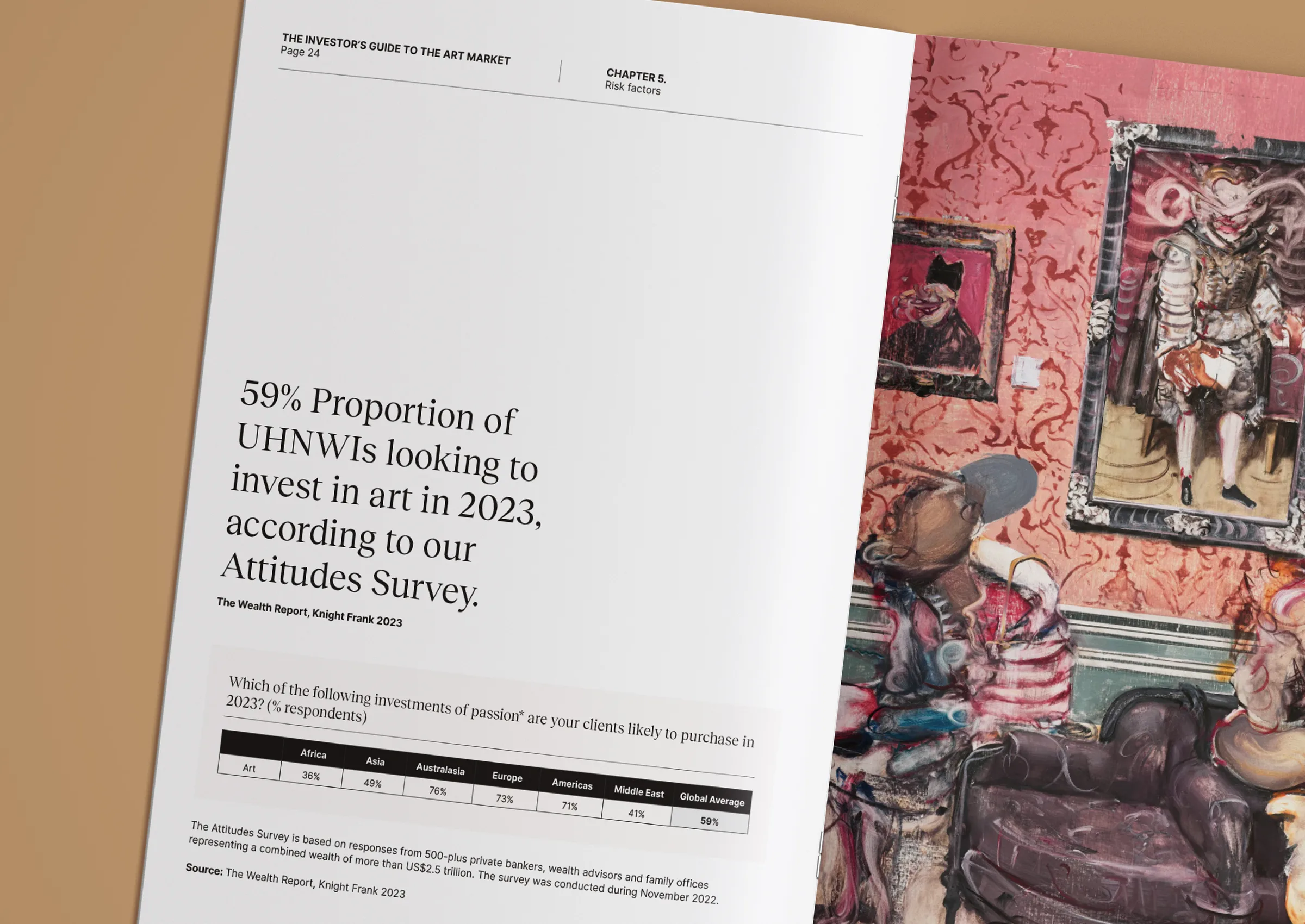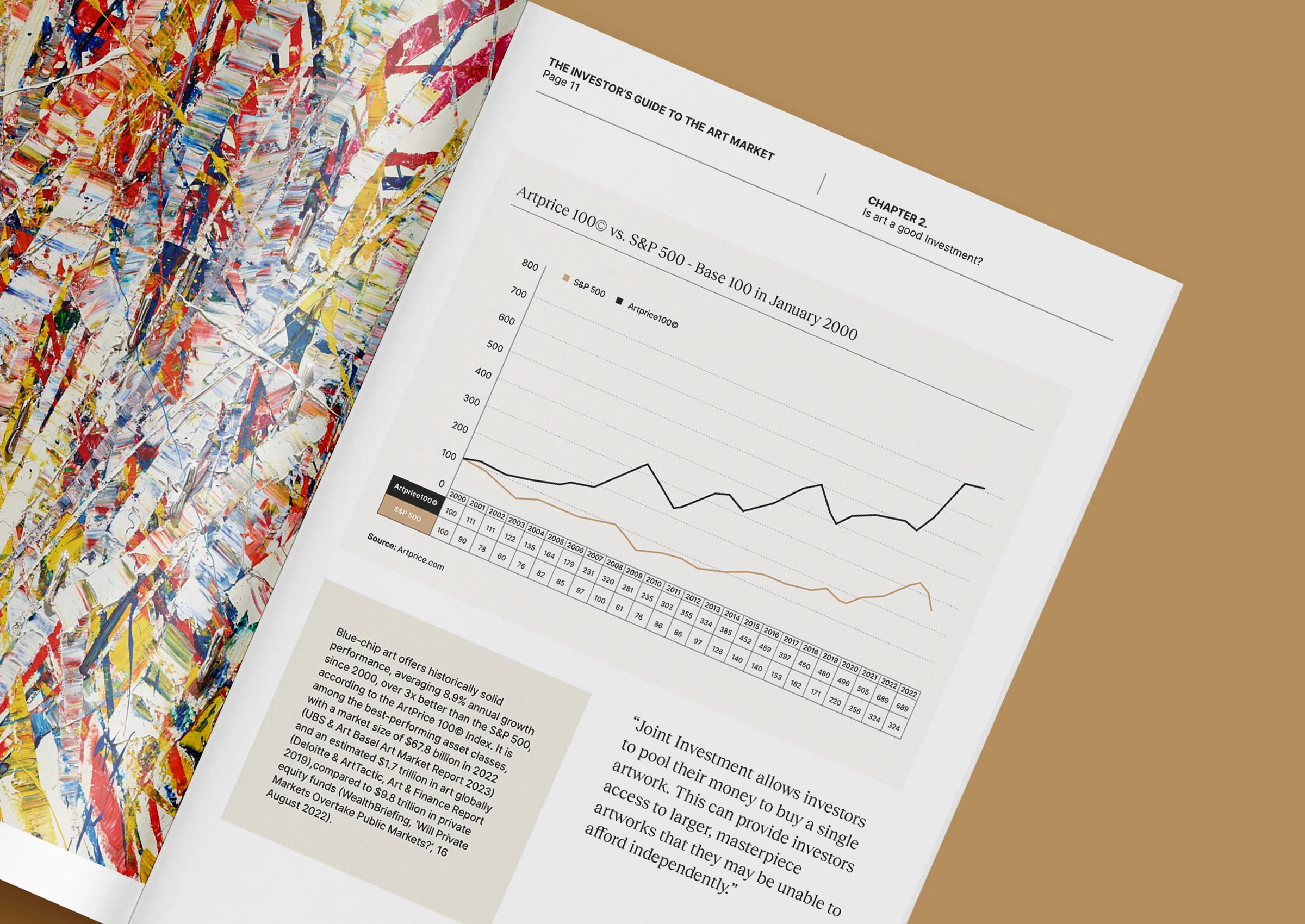A visionary artist capturing raw human emotion
Adrian Ghenie is one of the most riveting figures in contemporary art, recognised for his ability to evoke intense emotion and confront deeply unsettling narratives through his groundbreaking paintings.
Born in Romania in 1977, Ghenie transformed his formative experiences in a politically and socially volatile environment into the driving force of his artistic practice. His paintings, which seamlessly blend elements of figuration and abstraction, traverse the blurred boundaries between personal memory and historical events, inviting viewers into a space that is both haunting and beautiful.
What makes Ghenie so remarkable is his talent for encapsulating raw emotion in his art while simultaneously challenging traditional painting conventions. His rise to prominence was swift yet well-earned, built upon an unwavering commitment to experimentation, storytelling, and artistic integrity.
Today, his works are celebrated globally and can be found in the collections of esteemed institutions such as the Tate Modern in London, the Centre Pompidou in Paris, and the San Francisco Museum of Modern Art. Each painting is more than a work of art; it is a powerful narrative that reflects humanity’s complexities.
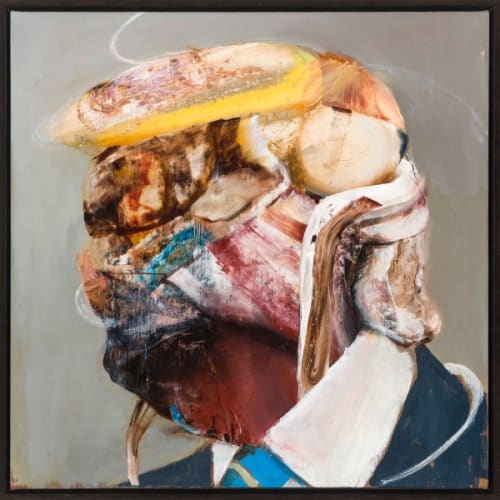
Early life and artistic roots
Adrian Ghenie was born in Baia Mare, a small yet historically rich town situated in the Transylvania region. His childhood coincided with the oppressive final years of Nicolae Ceaușescu’s communist regime, a brutal era characterised by restrictions on personal freedom and cultural expression.
For Ghenie, art became a refuge and an outlet. While art education during this period was tightly controlled, young Adrian accessed his creativity through illustrated books and local exhibitions, piecing together a visual language that he would later refine into a unique artistic voice.
With the fall of the regime in 1989, Romania experienced significant political and social changes, creating new opportunities for artists like Ghenie. He enrolled at the University of Art and Design in Cluj-Napoca, where he immersed himself in both the academic and experimental aspects of painting.
Beyond fostering his technical skills, this period encouraged Ghenie to draw from more unconventional inspirations, blending historical storytelling with personal memory. His desire to challenge the status quo culminated in 2005 when he co-founded Galeria Plan B alongside Mihai Pop. This space not only elevated Romania’s visibility within contemporary art but also became a springboard for Ghenie’s formidable career.

Notable works and core themes
At the heart of Adrian Ghenie’s oeuvre is a deep fascination with history, collective trauma, and the fragility of the human condition. His works often grapple with themes such as authoritarianism, scientific progress, and morality. Through his unique painterly approach, Ghenie transforms these significant subjects into visceral images that oscillate between figuration and abstraction.
One of Ghenie’s most recognised works, The Sunflowers in 1937 (2014), revisits Vincent van Gogh’s iconic floral series. However, this isn’t merely an homage to the Dutch master; Ghenie situates the sunflowers against the backdrop of 1930s political upheaval, referencing the rise of fascism. The distorted and decaying forms of the sunflowers echo the cultural, moral, and ideological decay of that turbulent period, transforming a familiar image into a cautionary tale.
Another acclaimed series, Pie Fight, exemplifies Ghenie’s ability to inject historical events with a sense of absurd theatricality. Works such as Pie Fight Study (2008) evoke themes of violence, guilt, and human folly through surreal depictions of chaotic, almost carnivalesque scenes. By drawing viewers into a world of disarray, Ghenie subtly hints at humanity’s darker instincts.
Also noteworthy is Boogeyman (2010), a haunting piece where Ghenie manipulates form and tone to explore psychological terror. Here, he employs distortion and shadow to suggest a presence that remains both oppressive and elusive, leaving viewers unsettled and immersed in the imagery.
Distinctive Adrian Ghenie technique
Ghenie’s works are characterised by their complex and multi-layered textures. His method combines traditional techniques with contemporary innovation, creating a style that is unmistakably his own. By employing tools such as brushes, palette knives, and even his own hands, Ghenie scrapes, smears, and layers paint to evoke a textural richness that appears both chaotic and deliberate. This tactile quality adds an almost physical dimension to his paintings, as if the viewer could reach out and feel the emotional weight embedded within the canvas.
What sets Ghenie further apart is his use of digital tools to construct his compositions. By collaging photographs, historical documents, and digital imagery, Ghenie builds intricate references before committing his ideas to paint. This combination of analogue and digital processes allows him to craft works that are simultaneously rooted in tradition and entirely contemporary.
His influences resonate throughout his works, with clear nods to artists like Rembrandt, Francis Bacon, and Gerhard Richter. Yet, rather than mimicking these predecessors, Ghenie transforms their legacies into something distinctly his own. His art exists as a fusion of classical and modern sensibilities, tied to history but breaking free from its constraints.
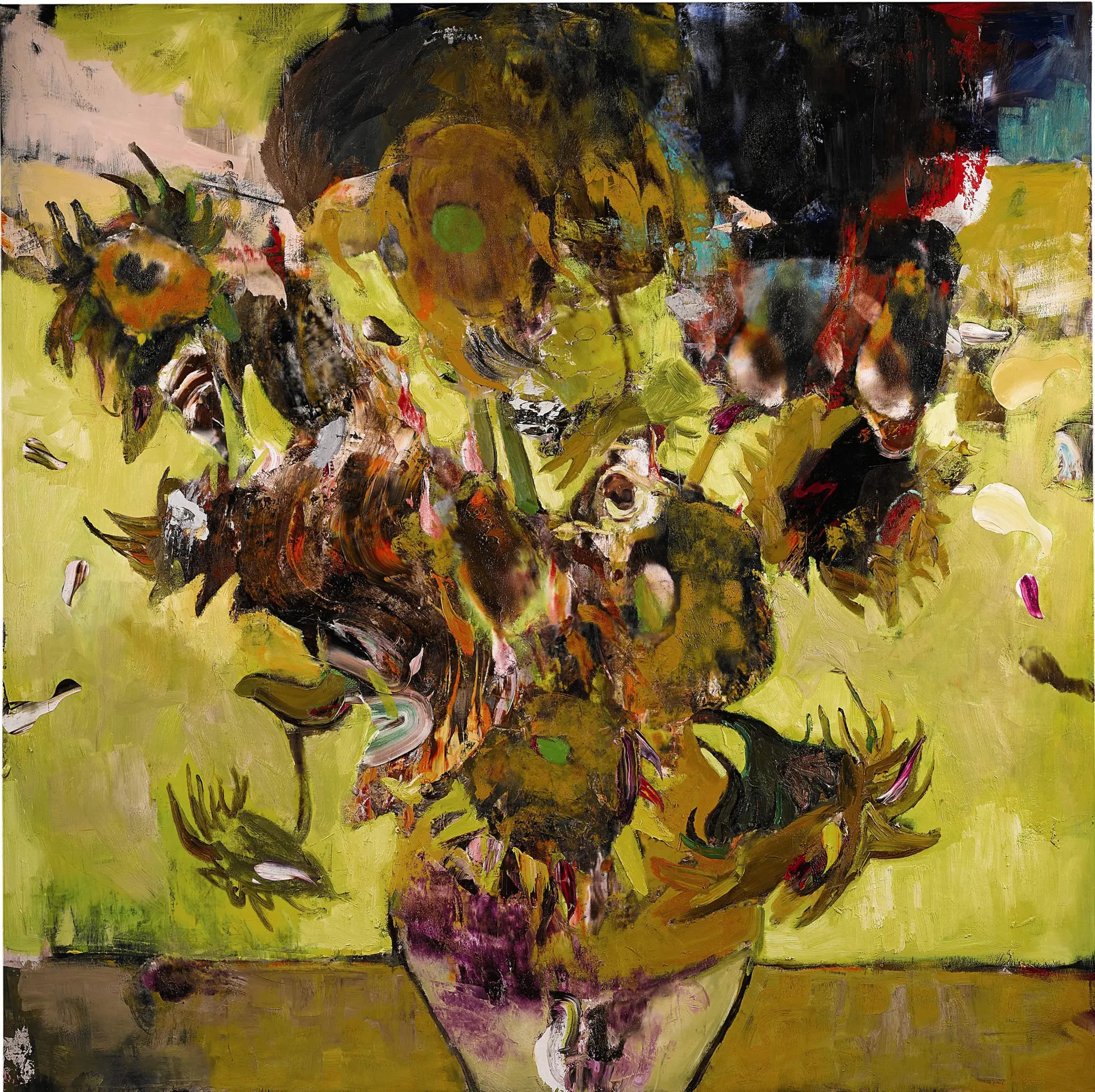
Global recognition and market success
Adrian Ghenie’s paintings are not only cultural landmarks but also highly sought-after commodities. In recent years, the commercial demand for his works has soared, with collectors eagerly competing for the chance to own one of his creations. A standout moment in Ghenie’s career occurred in 2016 when his painting Nickelodeon (2008) sold at Sotheby’s for an astonishing £7.1 million, a milestone that cemented his status as one of the most valuable contemporary artists.
Beyond sales figures, Ghenie’s work receives critical acclaim at prestigious exhibitions and biennales. His participation in the 56th Venice Biennale in 2015, representing Romania, drew widespread praise, with many recognising his contribution as a highlight of the event. His exhibitions at renowned institutions such as the Royal Academy of Arts in London and Palazzo Strozzi in Florence further emphasise his global appeal and relevance.
What makes Ghenie’s art extraordinary is not only its aesthetic power but also its capacity to provoke. With each piece, he inspires dialogue, urging viewers to confront history and interrogate their own emotions. This ability to resonate on both intellectual and visceral levels cements his status as a pivotal figure in 21st-century art.
Why Adrian Ghenie’s art endures
Adrian Ghenie’s art strikes a delicate balance between the past and the present, the personal and the collective, the beautiful and the grotesque. His works transcend mere decoration, serving as portals into complex worlds where history and emotion intertwine. Through his experimental techniques, Ghenie reimagines the language of painting, infusing the medium with new life while preserving its timeless allure.
Ghenie’s contributions to contemporary art remind us of the enduring power of creativity in making sense of the world around us. Whether reconstructing van Gogh’s sunflowers or dissecting human fallibility in Pie Fight, he uses paint not just to depict but to question, provoke, and unearth. His art compels us to look harder, feel deeper, and think more critically.
Discuss your art requirements with us
Are you drawn to Adrian Ghenie’s captivating artworks or intrigued by other trailblazing voices in contemporary art? At Zurani art advisory, we’re here to guide you. Whether you wish to acquire a piece by Adrian Ghenie or explore artists who share his innovative spirit, we can help connect you with exceptional works that align with your vision. Contact us to explore how art can become part of your legacy. Call us at +971 58 593 5523, email us at contact@zurani.com, or visit our website at www.zurani.com.
THIS ARTICLE DOES NOT CONSTITUTE FINANCIAL, TAX OR LEGAL ADVICE AND SHOULD NOT BE RELIED UPON AS SUCH. TAX TREATMENT DEPENDS ON THE INDIVIDUAL CIRCUMSTANCES OF EACH CLIENT AND MAY BE SUBJECT TO CHANGE IN THE FUTURE. FOR GUIDANCE, SEEK PROFESSIONAL ADVICE.
